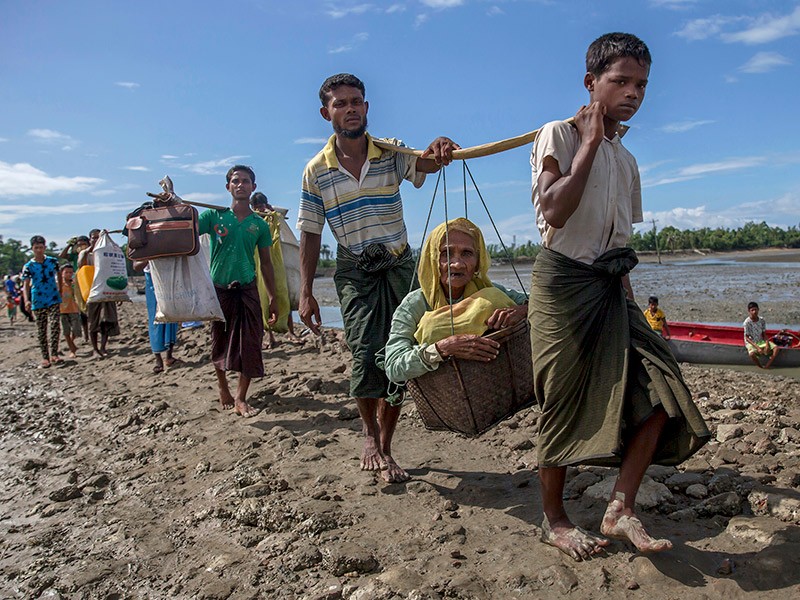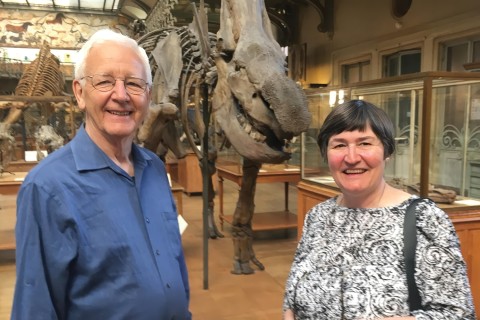Myanmar bulldozes what is left of Rohingya Muslim villages
Mosques and cemeteries were destroyed—and possibly evidence of mass graves.

First, their villages were burned to the ground. Then the Myanmar government brought out bulldozers to erase them from the earth in a vast operation that rights groups say has destroyed crucial evidence of mass atrocities against the nation’s ethnic Rohingya Muslim minority.
Satellite images of Myanmar’s troubled Rakhine State, released in late February by Colorado-based DigitalGlobe, show that dozens of empty villages and hamlets had been completely leveled by authorities in the previous weeks. The villages were all set ablaze in the wake of violence last August, when a brutal clearance operation by security forces drove hundreds of thousands of Rohingya into exile in Bangladesh.
While Myanmar’s government claimed it is simply trying to rebuild a devastated region, the operation raised deep concern among human rights advocates, who see the government as destroying what amounts to scores of crime scenes before any credible investigation takes place. The operation also horrified the Rohingya, who believe the government is intentionally removing the remnants of their people to make it nearly impossible for them to return.



